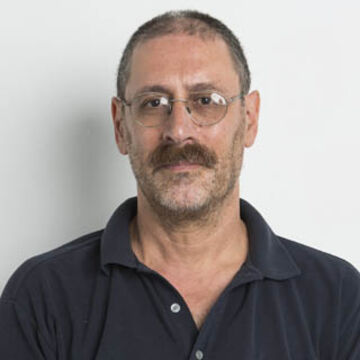|
Description
In this course we will focus on disciplinary and interdisciplinary art and design practices of contemporary art production. This team-taught, year-long class explores the materials and techniques of surface, space, and time (2D, 3D, and 4D), as well as the connections and interplay of these areas. Core Studio integrates the formal with the conceptual, traditional with the contemporary, and makes visible a variety of approaches in current cultural production in order to foster the development of students? emerging practices as makers and thinkers.
In this interdisciplinary studio course students will be authorized to use a variety of school shops, materials and equipment; including the woodshop, plaster studio, digital lab, sewing machine, hand tools, sound and video production, digital workflows and principles of visual fundamentals. This is a hands-on making class, faculty present artists and content related to a particular toolkit and, or project theme. Every section of Core Studio has shared learning outcomes which are uniquely realized by each Core faculty partnership.
Students should expect a fast-paced studio environment. In Core Studio students will complete short assignments as well as longer multi-week projects. Assignments are designed to help students develop their own ideas in relation to the materials, processes, and themes presented by faculty.
|
Class Number
1208
Credits
3
|
|
Description
In this course we will focus on disciplinary and interdisciplinary art and design practices of contemporary art production. This team-taught, year-long class explores the materials and techniques of surface, space, and time (2D, 3D, and 4D), as well as the connections and interplay of these areas. Core Studio integrates the formal with the conceptual, traditional with the contemporary, and makes visible a variety of approaches in current cultural production in order to foster the development of students? emerging practices as makers and thinkers.
In this interdisciplinary studio course students will be authorized to use a variety of school shops, materials and equipment; including the woodshop, plaster studio, digital lab, sewing machine, hand tools, sound and video production, digital workflows and principles of visual fundamentals. This is a hands-on making class, faculty present artists and content related to a particular toolkit and, or project theme. Every section of Core Studio has shared learning outcomes which are uniquely realized by each Core faculty partnership.
Students should expect a fast-paced studio environment. In Core Studio students will complete short assignments as well as longer multi-week projects. Assignments are designed to help students develop their own ideas in relation to the materials, processes, and themes presented by faculty.
|
Class Number
1231
Credits
3
|
|
Description
How are emerging technologies enabling artists and craftspeople to redefine the meaning and scope of the field of craft? How are long established techniques and materials merging with new materials and ways of making? How has new technology historically been integrated with traditional ways of making before the digital revolution? We'll explore the contemporary handmade market and research brands like Etsy, as well as observe how the DIY and Maker movement is influencing the field. We'll research how social media and online marketing have changed the way artists/producers connect with their audience. We'll research individuals who make a living as independent artists, crafters, designers, as well as explore how the school's resources can be utilized to build a toolset for inventive means of production post SAIC. We'll also examine branding, product packaging and research practical use of software and digital tools including Rhino for creating 2-dimensional designs output by the plotter cutter, and modeling 3D objects. We'll use 3D printing and various tools available in the CP Digital Lab while considering the use of these tools in combination with traditional processes such as mold making. Students should expect to complete 3-5 projects which include conceptualizing a solution to a problem and creating a prototype that describes this solution.
|
Class Number
1198
Credits
3
|

